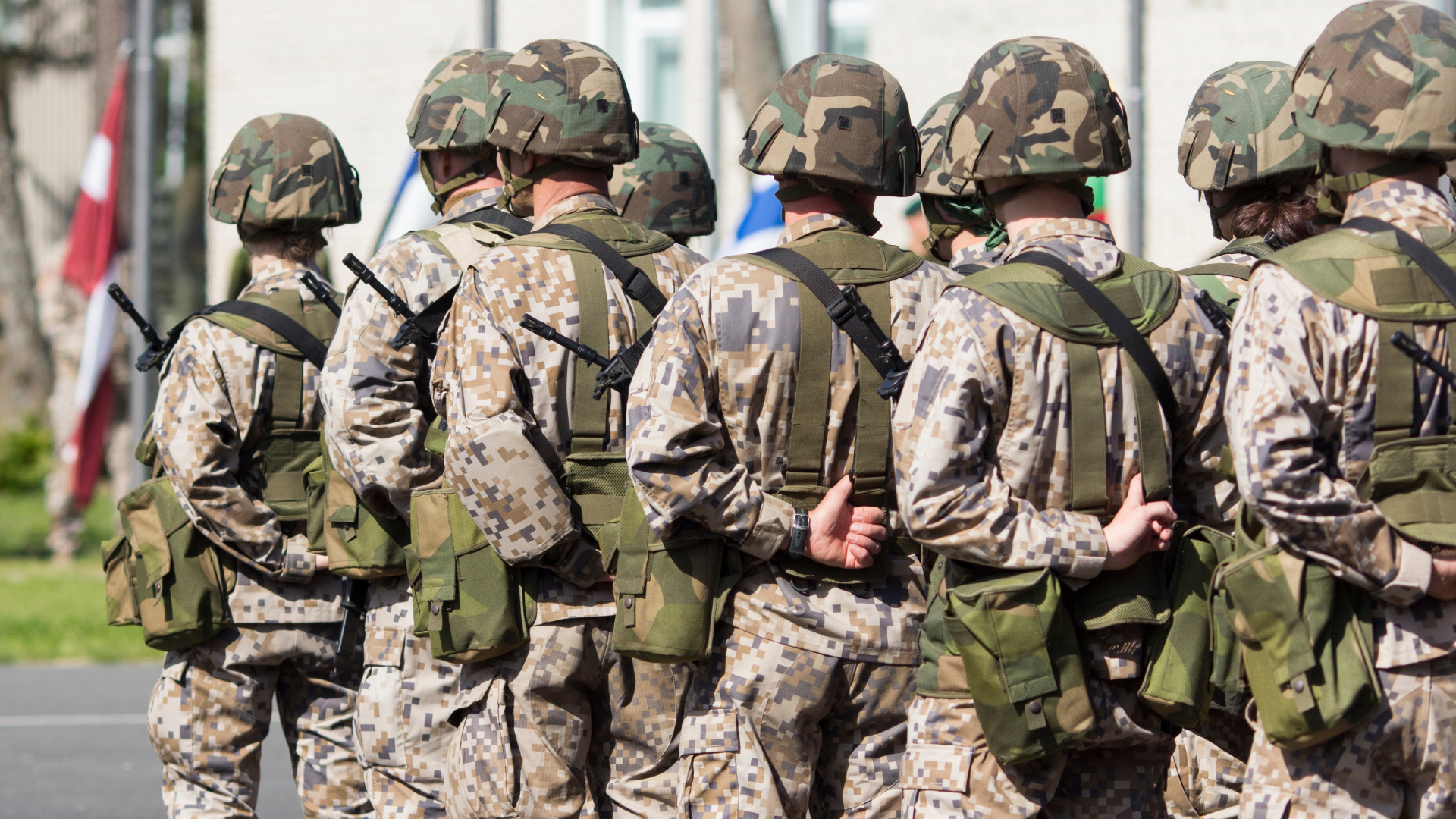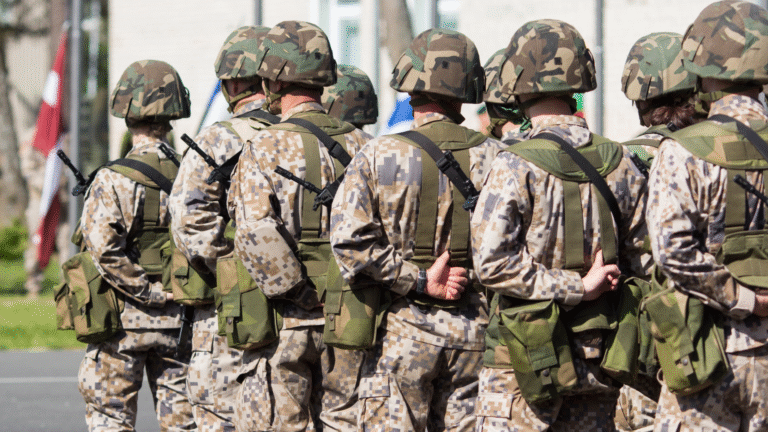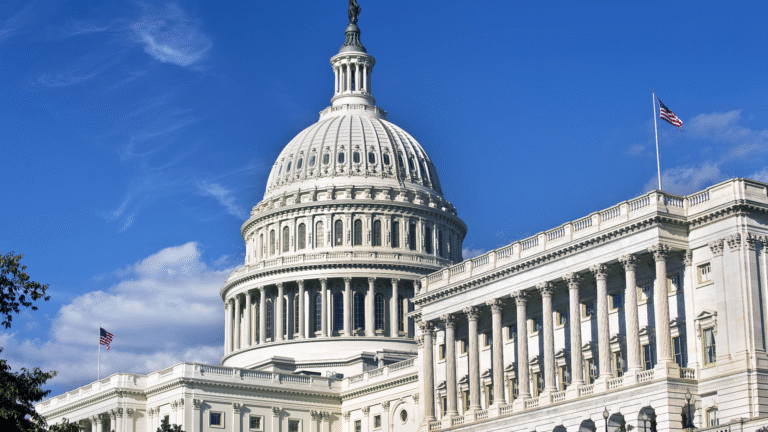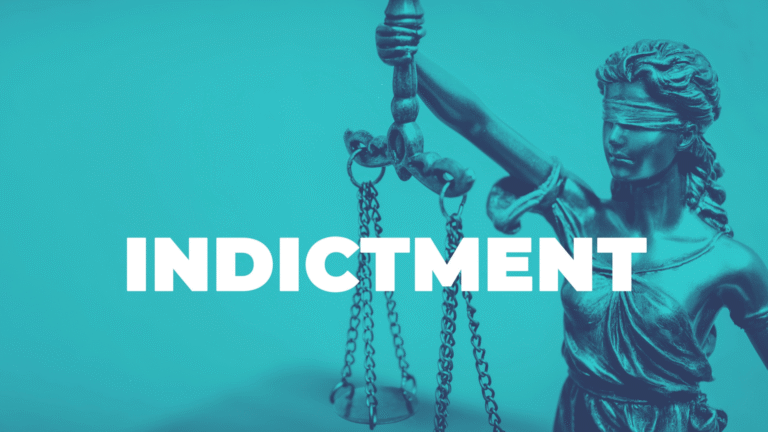What Is the National Guard?
TL;DR
- The National Guard serves both state and federal missions under a unique dual-command structure.
- Its roots trace back to 1636, but its modern legal structure was shaped in the 20th century.
- Guardsmen are part-time soldiers who train regularly and respond to both domestic and international missions.
- Depending on activation status, the Guard operates under different laws and command authorities (state, Title 32, Title 10).
- It plays vital roles in disaster response, national defense, civil support, and international partnerships.
What It Is
The National Guard is a military reserve force composed of part-time service members organized under both the Army National Guard and Air National Guard. These citizen-soldiers train regularly while holding civilian jobs. The Guard serves as both a state-level defense and emergency response force and as a federal military reserve. Its dual mission is a defining feature.

Why It Matters
- Disaster response: Provides quick mobilization for hurricanes, floods, wildfires, and other emergencies.
- Military readiness: Supplements active-duty forces in overseas missions and national security roles.
- Civil support: Assists law enforcement and public health efforts during crises.
- Global engagement: Builds partnerships with foreign militaries through training and cooperation.
How It Works / Key Concepts
- State control: Governors command their state’s Guard units during local missions. These include disaster relief, public safety, and emergency response. The Posse Comitatus Act does not apply, allowing Guardsmen to assist law enforcement if needed.
- Federal control: The President can federalize the Guard under Title 10 for war or national emergencies. In this status, the Guard follows active-duty military rules and cannot enforce domestic laws unless exceptions apply.
- Title 32 status: A hybrid arrangement where the Guard remains under state control but is federally funded. Often used for homeland security or public health missions. Guardsmen in this status can engage in law enforcement roles under state law.
- Dual-status commanders: In large-scale operations, a single officer may be authorized to lead both state and federal forces, coordinating missions efficiently under joint authority.
Examples / Use Cases
- Responding to natural disasters like Hurricane Katrina and California wildfires.
- Deploying abroad in conflicts such as Iraq and Afghanistan.
- Assisting with COVID-19 testing and logistics nationwide.
- Supporting law enforcement during civil unrest under governor orders.
Limitations and Risks
- Command complexity: Navigating different legal statuses can lead to confusion in emergencies.
- Legal constraints: Federal deployments are limited by the Posse Comitatus Act and require specific legal authorization.
- Benefit disparities: State-active duty missions may not qualify for federal benefits or service credit.
- Political sensitivity: Domestic use of military forces can spark civil liberties concerns and legal challenges.
FAQ
- Can the President activate the Guard without a governor’s consent?
Yes, under certain laws like Title 10 or the Insurrection Act, but typically governors retain control unless federally overridden. - What’s the difference between Title 10 and Title 32?
Title 10 is full federal activation; Title 32 keeps command with the state but provides federal funding and benefits. - Does Posse Comitatus apply to the Guard?
Only when the Guard is federalized. It does not apply when the Guard operates under state or Title 32 control. - What is a dual-status commander?
A leader authorized to command both state-controlled and federally activated troops simultaneously during joint operations. - Do Guardsmen get federal retirement benefits?
Only if they serve under federal status (Title 10 or qualifying Title 32). State duty alone may not qualify.
Sources
- National Guard Bureau
- History.com – “What Are the Origins of the US National Guard?“
- Wikipedia – “National Guard (United States)“
- CNN – “The National Guard has a long history of being called out during protests – but not in numbers like this.“







